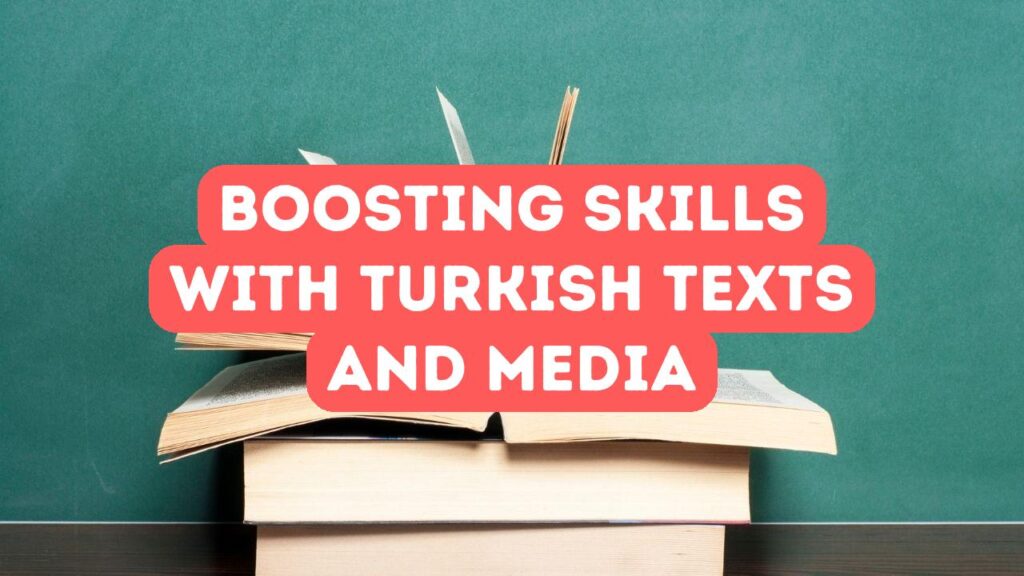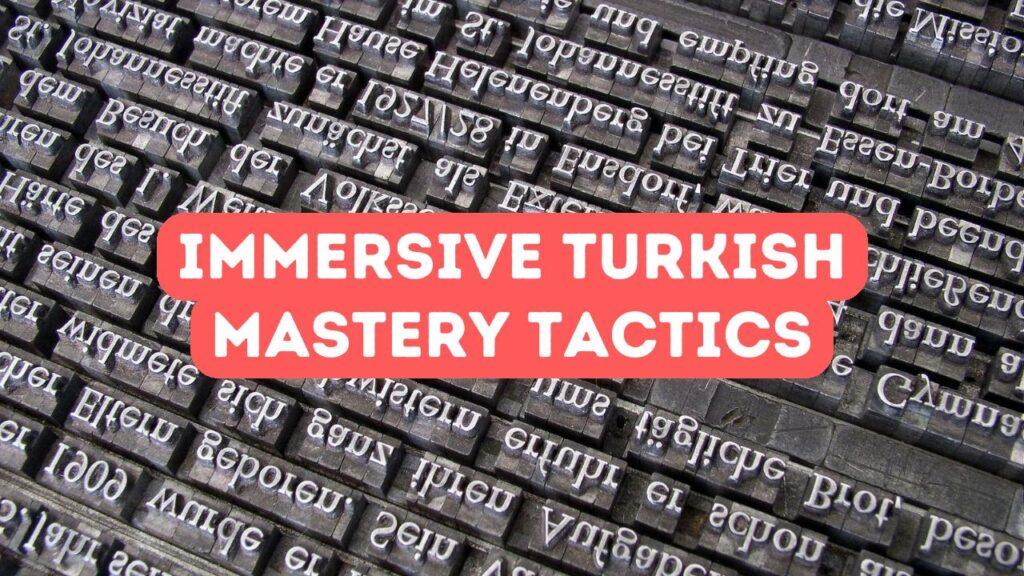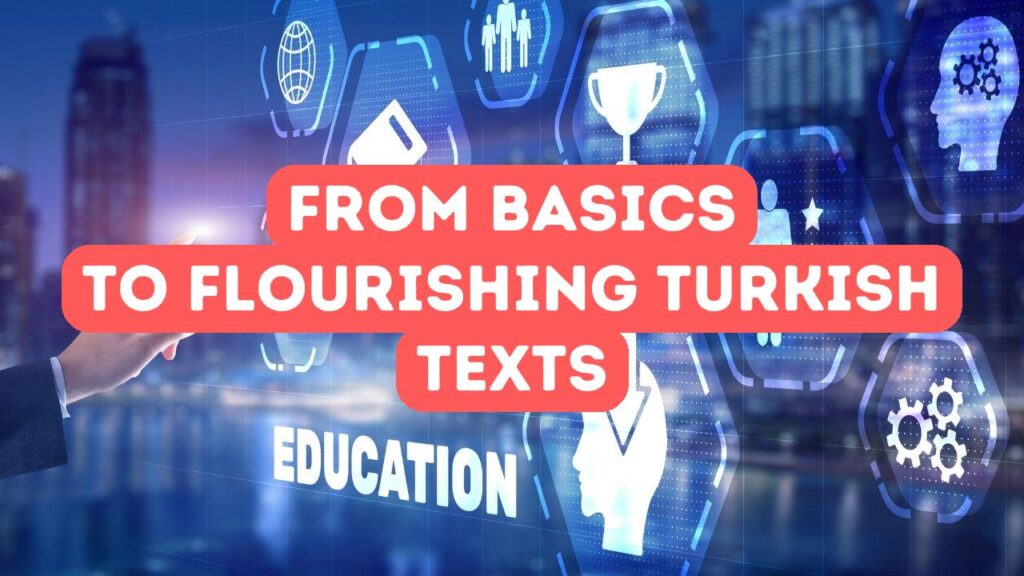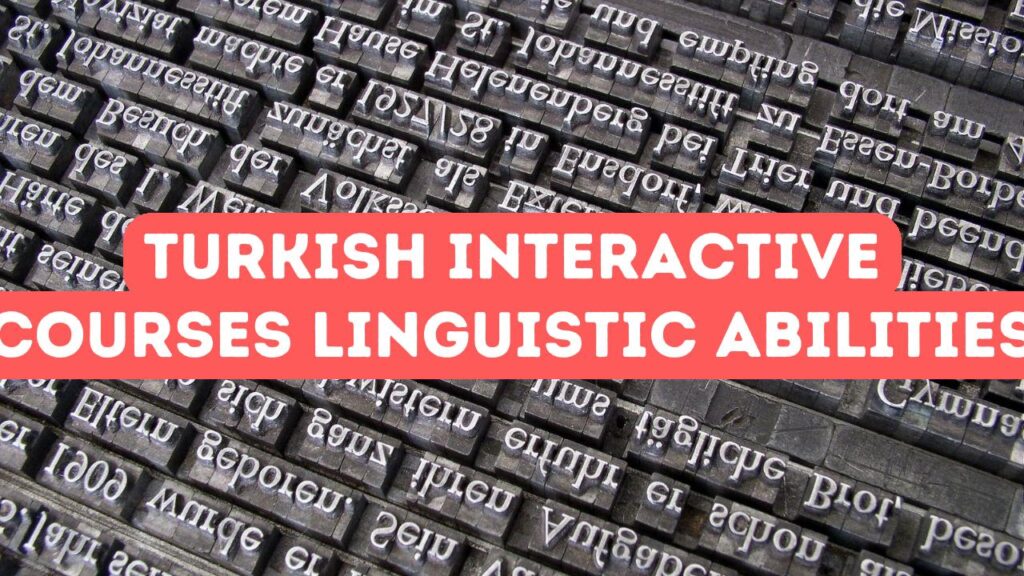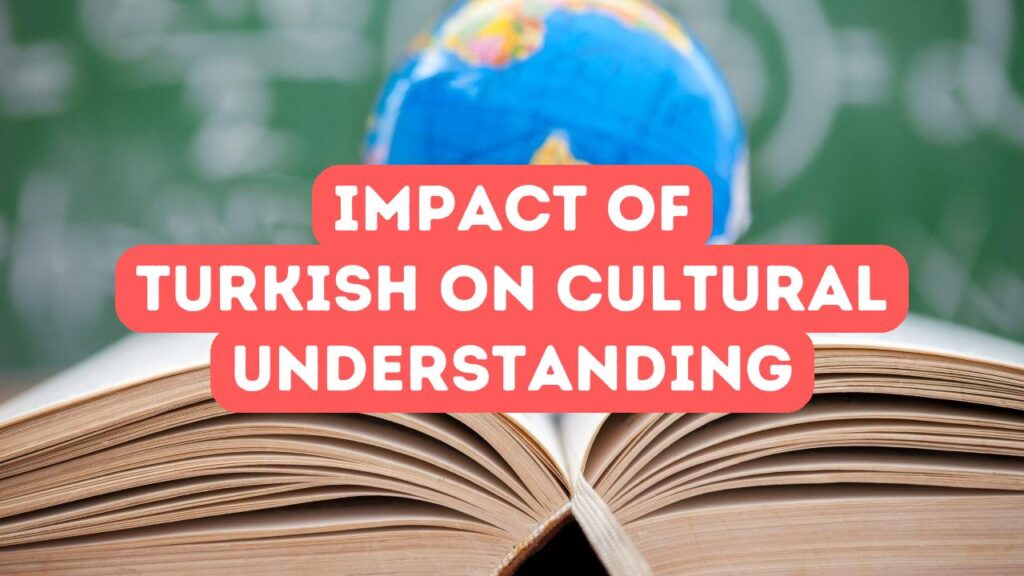Mastering Language Nuances: Expanding Turkish Lexicon
To truly master the intricacies of the Turkish lexicon, it is imperative to delve into the language’s rich array of suffixes and contextual nuances that dictate meaning. This means grappling with the concept of agglutination, a hallmark of Turkish grammar, where strings of suffixes are attached to a root word to modify its meaning or to indicate tense, possession, or plurality. One must also embrace the challenge presented by homonyms and synonyms, which may share spelling or pronunciation but diverge sharply in connotation and usage. As learners expand their vocabulary, practice becomes a trusted ally; repeated exposure to new terms within their natural habitat of sentences and dialogue imbues these words with life, forging a connection between the learner and the living language. The journey is as much about memorization as it is about making linguistic choices that reflect the subtleties encompassed in every phrase and idiom, thereby laying a deeper, more textured understanding of Turkish.
Beyond the mechanics of grammar and syntax lies the vibrant realm of idiomatic expressions, an area where learners can truly showcase their growing Turkish vocabulary. Idioms offer a window into Turkish culture, encapsulating centuries of history and collective experience in a few choice words. To internalize these colorful expressions, one needs to go beyond literal translations and seek to understand the cultural context that breathes life into them. Popular idioms like el elden üstündür (every hand has a superior hand) or deveye hendek atlatmak (making a camel jump a ditch, meaning tackling a difficult task) add a layer of richness and authenticity to one’s speech. Engaging with local media, literature, and conversation with native speakers accelerates this learning process, turning passive recognition into active usage. As these idiomatic gems become part of one’s active vocabulary, they serve as markers of a deeper cultural immersion and language mastery that textbooks alone cannot provide.
Building upon the foundations of mechanics and idioms, expanding your Turkish lexicon requires an intentional strategy that includes diverse methods of learning. Engaging with contemporary Turkish media — including music, movies, TV series, and podcasts — not only bolsters comprehension but also enables you to experience language as it is dynamically used in various contexts. Pair this with regular language exchanges with native speakers, where conversational practice cements new vocabulary and exposes you to the wealth of colloquial phrases and slang. Additionally, leveraging spaced repetition systems (SRS) can facilitate long-term retention of words, ensuring they become a permanent fixture in your linguistic toolkit. These approaches, when combined, ensure that every new word learned is more than an abstract concept; it becomes a lively brick in the ever-growing edifice of your expansive Turkish vocabulary.
Strategic Approaches to Learning Turkish Vocabulary
Diving deep into the Turkish vocabulary necessitates strategic approaches that cater to both the cognitive aspects of learning and the cultural context in which the language is embedded. One fundamental strategy is the use of spaced repetition systems (SRS) that facilitate the long-term retention of words through carefully timed review sessions. This method, often supported by flashcard apps, ensures that learners are exposed to new words at optimal intervals to promote memorization without overwhelming them. Pairing this technique with immersive activities like reading Turkish literature, watching local films, or engaging in conversation with native speakers turns passive vocabulary into active, usable language tools. By intertwining systematic study with cultural immersion, language enthusiasts can create a dynamic learning environment that promotes not just vocabulary acquisition but also a deeper understanding of the nuances and idioms that breathe life into the language.
In addition to structured repetition and cultural immersion, another strategic approach involves thematic clustering of vocabulary. Grouping related words together—such as terms pertaining to food, travel, or business—facilitates cognitive connections that make recall more intuitive. This method can be particularly effective due to Turkish’s agglutinative structure, where prefixes and suffixes are attached to word stems to create new meanings. Learners can leverage this linguistic feature by mastering a set of core stems and then learning how to modify these with various affixes to expand their vocabulary exponentially. Incorporating visual aids such as mind maps can also enhance this process, providing a visual representation of these relationships that strengthens comprehension and retention. Through thematic clustering, learners can systematically build a web of vocabulary that is interconnected and easier to access during conversation or comprehension.
Capitalizing on the natural human propensity for storytelling, yet another effective tactic for enhancing Turkish vocabulary is weaving new words into personalized narratives. This approach not only embeds new terms within memorable contexts but also stimulates the emotional and cognitive faculties that solidify language retention. By crafting sentences or stories that are relevant to one’s experiences, learners are more likely to form lasting connections with the language. Self-generated content, when combined with frequent practice sessions aimed at using newly acquired words in diverse situations, further cements linguistic competence. Ultimately, the amalgamation of strategic learning methods tailored to an individual’s style—whether through storytelling, thematic clustering, or technology-aided repetition—paves the way for a deeper, more intuitive grasp of Turkish lexicon, propelling learners towards the eloquence and cultural fluency that marks true language mastery.
Cognitive Techniques for Enhancing Turkish Word Retention
To successfully internalize a vast array of Turkish words, cognitive techniques play a critical role in enhancing retention and recall. Visual association, a powerful tool, can be harnessed by connecting new vocabulary to vivid images or experiences, thereby anchoring words in memory through multi-sensory engagement. For instance, when learning the Turkish word kale (castle), one might visualize a grand fortress atop a hill in Istanbul, the walls echoing with centuries of history. This not only cements the word in the learner’s memory but also enriches it with personal and cultural relevance, turning a simple act of memorization into an immersive learning experience. By engaging with the language at such a sensory level, learners can create a mental ‘mind palace’ where words are stored not as isolated units, but as parts of a greater, more memorable tableau.
Employing spaced repetition software (SRS) is another cognitive technique that revolutionizes vocabulary acquisition in Turkish. This method leverages the psychological spacing effect, systematically scheduling reviews of words just before they are forgotten. Programs such as Anki or Memrise enable learners to build and manage flashcard decks where each Turkish term’s difficulty is assessed, and its reappearance in study sessions is determined by how well it was remembered previously. As learners progress, the intervals between reviews increase, promoting long-term retention and reducing the cognitive load. By regularly interacting with this adaptive algorithm, language students can efficiently move new Turkish vocabulary from short-term to long-term memory, thus solidifying their growing lexicon for conversations, reading, and even creative writing in Turkish.
Lastly, mnemonic devices offer a creative and effective strategy for committing Turkish words to memory. By constructing unique associations or rhymes, learners can link new vocabulary to pre-existing knowledge or humorous phrases that resonate personally. For example, the Turkish word for bread, ekmek, might be remembered with the phrase, I beg for bread to eat every morning. Such mnemonic phrases leverage the brain’s natural tendency for pattern recognition and storytelling, making the new vocabulary more sticky and effortlessly retrievable. When combined with the aforementioned visual and spaced repetition techniques, mnemonics round out a robust cognitive toolkit for any language learner, transforming the challenge of vocabulary retention into an engaging and dynamic puzzle that unfolds with each new word learned.



